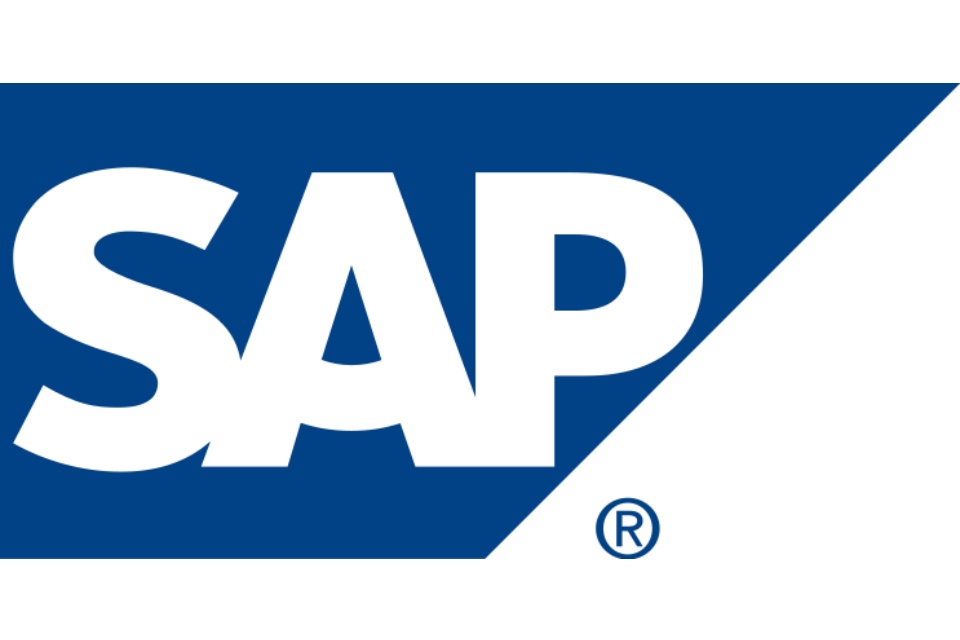The changing role of partners in SAP’s new cloud mindset
https://cybersecureforum.co.uk/wp-content/uploads/2023/07/sap-cloud-sky-3294543_1280.jpg 960 640 Guest Post Guest Post https://secure.gravatar.com/avatar/cb2a67f15cd7d053d8e638a1df3fd67f?s=96&d=mm&r=gRecent changes from SAP has left many partners wondering what the next steps are in providing cloud services, especially given SAP’s insistence on developing a ‘cloud mindset’, and emphasising its Activate Methodology and Fit to Standard workshops to achieve this.
Up until this point, a change of direction to the cloud has had little impact upon consultants abilities to facilitate a deployment, or to provide daily customer support services. But the introduction of RISE with SAP S/4HANA Cloud, public edition or private edition, has brought with it a different way of working than its predecessor, HANA Enterprise Cloud (HEC). Given SAP is now driving software infrastructure delivery, the role that SAP partners play has now changed.
From initial consultation to implementation, support to maintenance, as Robert MacDonald, Innovation & Technology Manager at Absoft explains, partners need to adopt a new cloud mindset and skill set to enable them to adapt to the change, and to successfully deliver RISE with SAP…
Identifying the change
Over the last ten years, SAP partners have been moving away from providing on-premise ERP solutions to move toward cloud based systems, such as Microsoft Azure. Even despite what felt like a significant change as a result of switching licences and adapting to more varied cost/flexibility models, partners were able to keep disruption to their business to a minimum.. This was owed in part to the fact that partners were still in control of key aspects of the process, from initial scoping all the way through to implementation, and as such, did not need to train their staff in any new specific skills.
RISE with SAP has ushered in a great deal of change. Irrespective of whether a customer opts for RISE with SAP S/4HANA Cloud, public edition or RISE with SAP S/4HANA Cloud, private edition, the entire approach has changed – and partners need to change with it .
On the surface, the process has been simplified. SAP has created a standard infrastructure and offers customers small/medium/ large architecture options to streamline pricing. An ‘adopt not adapt’ mindset means customers are encouraged to avoid any customisation – indeed customisation or extensibility, if required, can only occur outside the core S/4HANA product, using Application Programming Interfaces (APIs) to link to complementary cloud solutions. So where do partners fit into this new model?
Embracing new skills
One significant impact will be felt by consultants who specialise in providing more traditional expertise, offering services in scoping and implementation and outlining business-specific requirements. These services are no longer necessary, and have been replaced with SAP’s Fit to Standard workshops, negating the need for custom development specification and GAP analyses, should the SAP ERP solution not support a specific customer need.
The challenge for partners now is convincing prospective customers of the benefits of a standardised best practice approach, and emphasising that customisation should only be used to differentiate themselves from competitors when using a standard cloud based deployment. Because of this, consultants need to learn new skills. They need to learn to assess a customer’s processes, identify those areas of differentiation that would justify the development of extensible solutions and work with department heads to achieve the change management required to match the SAP standard process.
Partners must take their ecosystem of consultants with an extensive skill set based on identifying problems, writing development specifications and managing project delivery and help them make the transition to this new approach. They need to dedicate time and resources to changing the mindset of customers to fit SAP’s new cloud mindset, and learning new management skills.
Providing Support and Enabling Delivery
The new skills set requirements extend far beyond the initial consultation stage. RISE with SAP is delivered using SAP’s Activate Methodology, which has been updated to support the implementation of this standard cloud project. This again requires that Project Managers learn a new set of skills. From provisioning systems to testing, connectivity to networks and configuring interfaces, every request has to go via SAP. For Project Managers who prefer to work internally with their own teams on these processes, it will take time to get to grips with SAP timelines, processes and people.
For example, SAP may insist on providing a week’s notice before connectivity is turned on, which is something that could be achieved within hours if working internally. If the Project Manager is not familiar with these processes, the entire project could become rapidly derailed. In essence, this new approach and mindset from SAP is both a move to a more modern standardisation method, working concurrently with a more old-fashioned service request system, over which partners have no control. It also has implications upon where SAP’s influence exists and where it doesn’t, which muddies the waters in terms of determining which areas of the service which will incur an extra cost, and which areas do not fall under the remit of SAP.
The new skill set is not limited to implementation – the same issues arise during ongoing support. From system patches to updates, it is vital to ensure changes fit in with business timelines – avoiding month ends, for example. Despite not being in control of these processes, partners still have a key role to play in liaising with customers when an update is set to occur The key to avoiding those increases in cloud expenses that have impacted organisations in the past is the availability of a service that can organise downtime, alert any affected business areas, handle change control, and oversee testing.
Conclusion
SAP recognises that significant change in skill sets and processes are required to facilitate this new generation of cloud solutions and is investing in supporting its partners. But partners themselves will have to buy into this new cloud mindset and meet them halfway, if RISE with SAP is to be deployed successfully. Partners can no longer rely on the same on premise product that they have become familiar with over the last 20 years, and set it up all across the board. Every partner must now collaborate closely with SAP, use the company’s methodology, embrace the lessons learned and work with the customer success teams.
This is fundamentally changing every aspect of the SAP partner role and this is something that took some partners by surprise – especially those that did not expect RISE with SAP to take off in the first place. How many partners have proactively recognised and documented the new support and maintenance model to ensure customers understand the changing roles of suppliers and partners in this new cloud mindset? How many have been through their first SAP Activate project and now understand SAP’s processes and timelines? Critically, how many are genuinely committed to creating and embracing a new cloud mindset in terms of skillset to support staff and to enable the smooth transition to this new model?
Ultimately, the success of each customer’s implementation is now inextricably linked to the speed in which partners adopt and embrace the new cloud mindset.
Image by Patou Ricard from Pixabay



